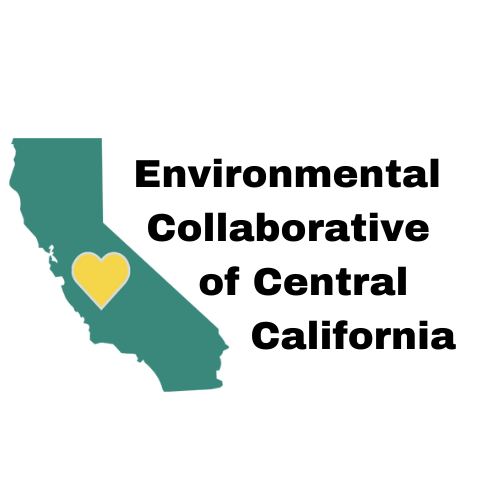At our Earth Day Fresno event we surveyed locals about their biggest environmental concern. If you were able to visit our booth, you might already know that my biggest concern is Wildlife Welfare. While I was far from alone, many people I spoke to weren’t sure how they could take action to make a difference. Today, I want to share how I support my wildlife neighbors by following the NWF’s Garden for Wildlife guidelines.
Last summer, I stumbled across the National Wildlife Federation’s Garden for Wildlife. This organization teaches how to “sustainably provide wildlife with food, water, cover, and places to raise young.” If you are an OG (organic gardener) like me, chances are you already meet many of the requirements.
Food, Water, Cover, Places to Raise Young
In my suburban backyard, I am able to provide the following food: seeds, berries, nectar, foliage, fruits, pollen, and I have a bird feeder (that also feeds a squirrel or two). I have several water bowls throughout the yard, and a dog pool and misters in summer. For cover, I use mulch, mostly fallen leaves and pine needles, along with evergreen trees, and my small backyard meadow (unmown lawn consisting of clover and pasture seed). And lastly, I have mature trees and dense shrubs as places to raise young.
Another important part of Garden for Wildlife is using sustainable practices. Along my side yard are unruly compost piles, and a long drip irrigation hose snakes throughout the garden. I use organic pesticides only on plants that I’m growing specifically for me to eat, and only when I see that they are struggling with pests. Adding native plants to my yard has strengthened the gardens ability to survive with less water and attracts more beneficial insects. Sustainable garden practices also increase biodiversity and create healthy eco-systems that are vital to human health. (see sources below)

Certified Wildlife Habitat
The best part is, you can certify your backyard/school/workplace as a habitat and order an awesome plaque to show your neighbors and friends what you’re doing to support wildlife. Check out their checklist to see if you can make small changes to have all the elements and become a certified wildlife habitat. Chances are you already meet several of the requirements.
Little by little, the plants in my garden are chosen and grown specifically for my wildlife neighbors. This fall, I plan to purchase more native plants to support native birds, bugs, and small mammals. Everyday in return for my efforts, I see local wildlife bring more beauty and health to my garden.
Sources for this article:
California Native Plant Society
EcoCenCal is a new community based organization focused on information and opportunity sharing. Check out our About page to learn more. And stay tuned for more posts on environmental stewardship in Central California!


